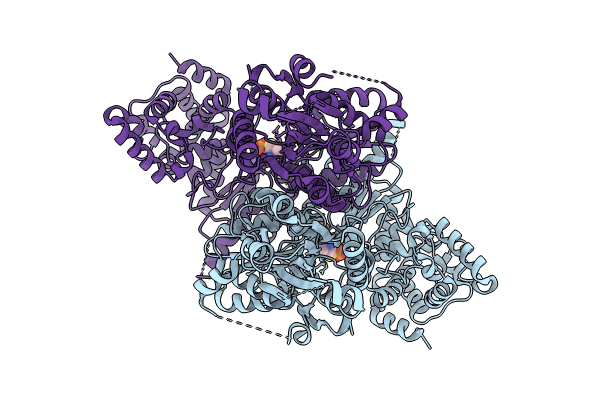
Deposition Date
2023-11-06
Release Date
2024-06-12
Last Version Date
2024-08-14
Entry Detail
PDB ID:
8R2H
Keywords:
Title:
Cryo-EM structure of 1-deoxy-D-xylulose 5-phosphate synthase (DXPS) from Plasmodium falciparum
Biological Source:
Source Organism:
Plasmodium falciparum (Taxon ID: 5833)
Host Organism:
Method Details:
Experimental Method:
Resolution:
2.42 Å
Aggregation State:
PARTICLE
Reconstruction Method:
SINGLE PARTICLE


